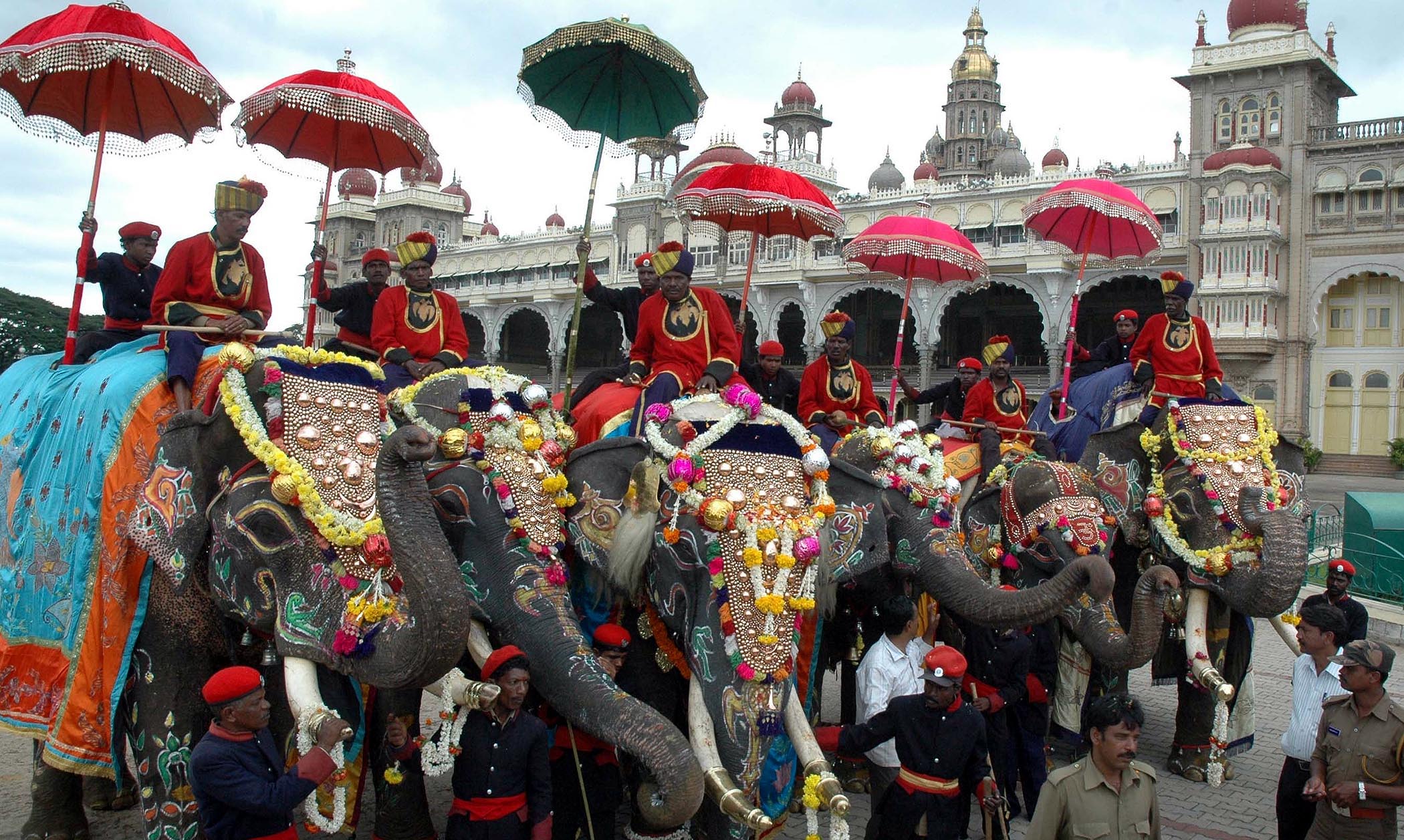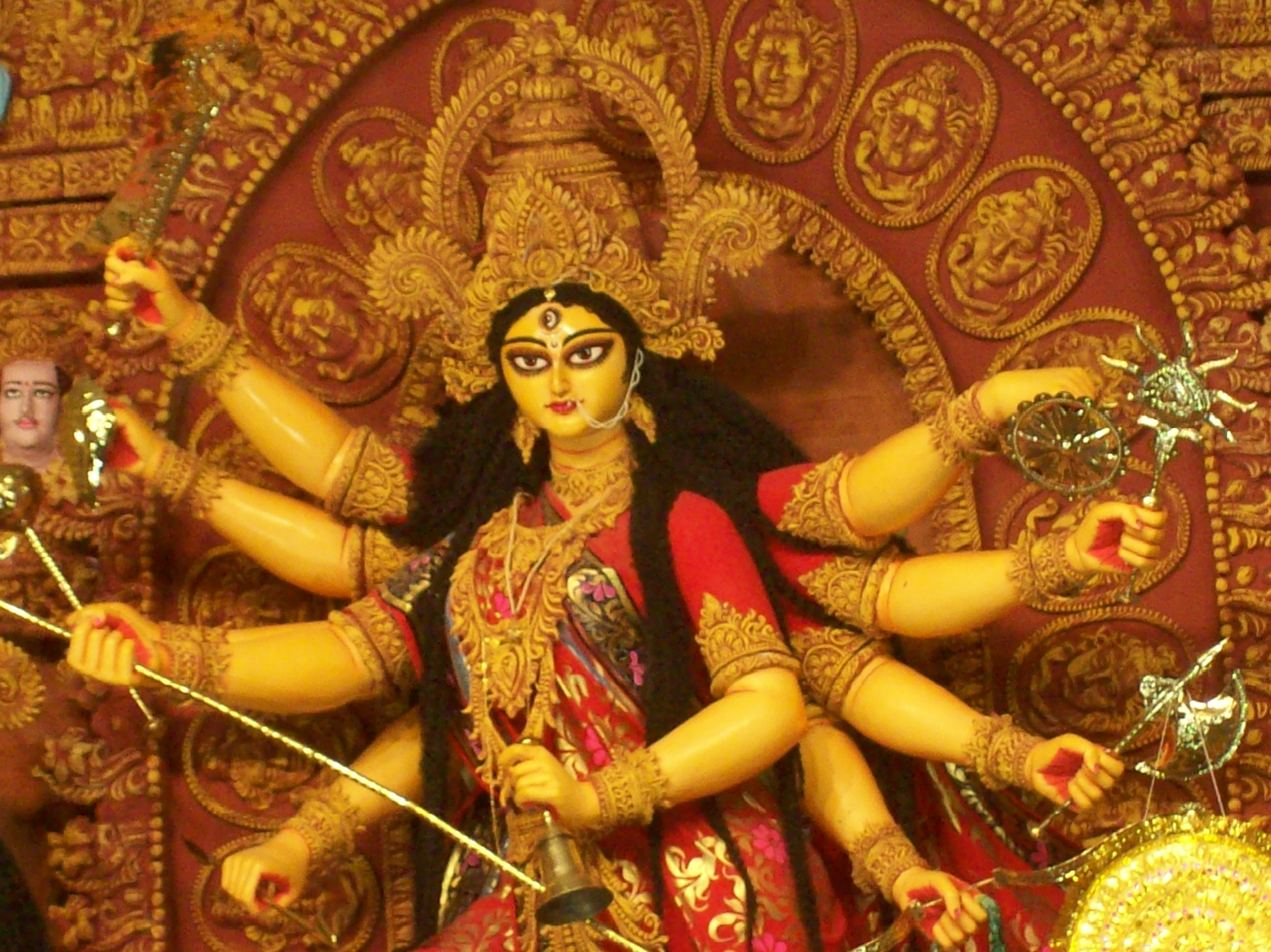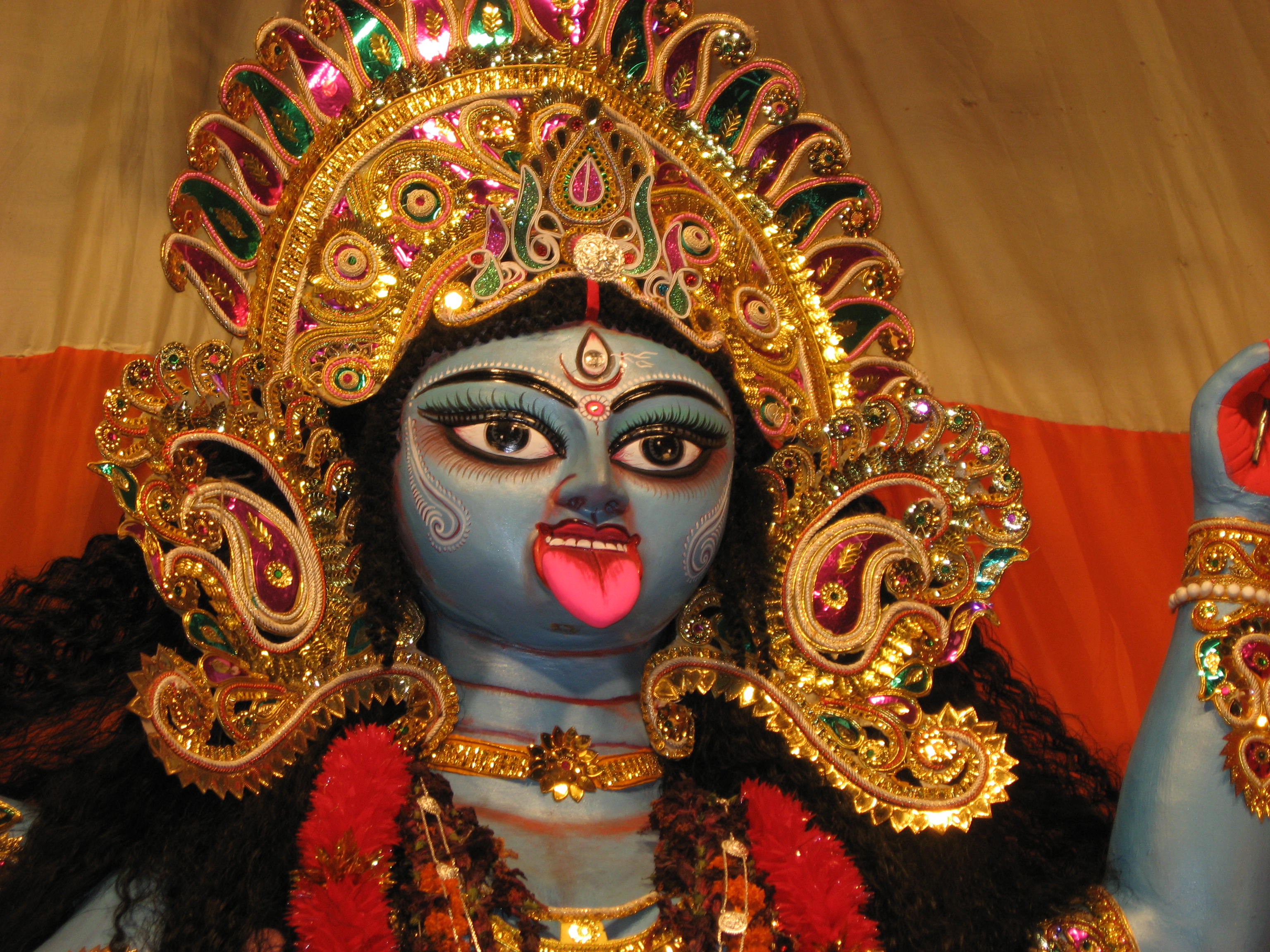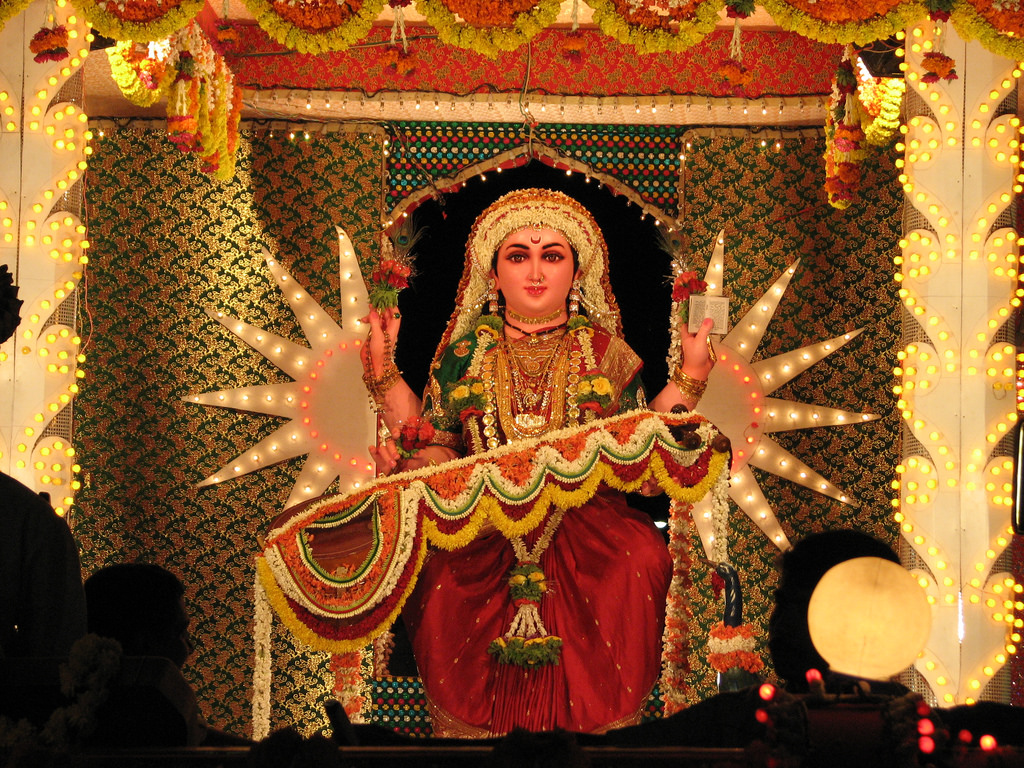The Extremely Simplified and Modern Ravana
The name Ravana conjures an image of a ten headed villain, cruel and proud, a Rakshasa king who abducts Sita and is finally killed by the hero Rama. His gigantic effigies are burned during festivals every year to mark the end of his villainy. This is the Ravana we have all learned about in abridged stories from Ramayana or through television series and movies.
The root scripture of Ramayana is available as Aadi Ramayana by Narada Muni, Valmiki Ramayana by Valmiki and Adhyatma Ramayana which is a part of the Brahmanda Purana. Out of these, Adhyatma Ramayana is the most popular and was translated into various Indian languages centuries ago. Adhyatma Ramayana is in the form of conversation between Lord Shiva and his consort, Devi Parvati.
The Puranas undertake the daunting task of explaining through life examples, the spiritual truths that are expressed in the Upanishads and Vedas as pure science or in theoretical form. The version of Ramayana available and popularized today seem to be greatly lacking in fulfilling this task.
Adhyatma Ramayana – Ravana’s First Mention
Ravana first appears in Adhyatma Ramayana in the chapter Surpanakha Vilapam where his sister Surpanakha approaches him with her nose and breast severed. She narrates the incidents that led to her sorry state: “She had seen the most beautiful lady(Sita) accompanied by two fine looking men (Rama and Laxmana) in Janasthan. Thinking such a beauty should rightfully be Ravana’s wife she had tried to abduct Sita but failed. Laxmana cut her nose and breasts. She then ran to her other brothers who with a large army attacked Rama. But they were no match to Rama who vanquished them all.” Ravana somehow pacifies Surpanakha and sends her away.
In the modern popularized versions Ravana is filled with lust for Sita and anger for Rama at this point. He plans to abduct Sita and goes about arranging for it the very next morning. Well, that fits the cast of a modern villain.
What Ravana Was Actually Thinking After Surpanaka Describes Her Ordeal
What is conveniently dropped out is the description of the thoughts that kept Ravana awake that night. Ravana thinks, “Rama is not an ordinary man. On Brahma’s request it is Lord Vishnu who has taken this avataric form. When will I Ravana be killed at the hands of my lord. When will I attain moksha and return to His abode in Vaikuntha”. This part is clearly and literally present in Adhyatma Ramayana and all it original translation into local languages.
The Scholarly Ravana’s Supreme Birth and Curse!
Ravana is the great grandson of Brahma and considered one of the greatest devotee of Lord Shiva. He is a Samavedi, Bhramana, a scholar who has authored several esteemed vedic scriptures. Ravana himself is the reincarnation of Jaya the gatekeeper of Vaikunta. Jaya was cursed to spend his time away from his Lord and wander the earth as an human.
Given the choice he took the shortest path to moksha and get back to Vaikuntha. The difficult path of Vipareeta Bhakti filled with karmic pains and suffering and puts one in the role that leads to annihilation by the divine is also the shortest one. The path is not recommended for ordinary human beings as it causes pain within and around. Ravana being a jnani (one who knows) is able to endure the pains while holding up the purpose of his life. These details and intricacies are dropped off in the commercialized version of Ramayana.
Lord Vishnu himself takes the human birth as Rama to live out four curses in a single life as per Valmiki in Yoga Vasistha.
The Authentic Ravana No One Cares to See
There is another scene from Ashoka vana where Ravana hosts ‘Maya’ Sita. Yes, the real Sita is never abducted in Adhyatma Ramayana. Also it is clearly stated in the sourcebook that Ravana’s attitude towards Sita is like towards a mother. It is not based on lust as the modern adapters have depicted. When Anjaneya visits Sita he is confused about which language should he use to communicate with her. He thinks if he speaks in scholarly Sanskrit, Sita may suspect that it is Ravana who has appeared in a different form. This implies that Ravana’s mother tongue is a high form of Sanskrit. This blows a large hole in the attempts of certain modern pundits who try to picturize the war between Rama and Ravana as a historical account of the conflict between Aryans and Dravidians. It would seem these historians have never read Ramayana completely even once.
Back to the scene in Ashoka vana, Ravan visits Sita (with his family) while Anjaneya is watching all this from his hiding place in the tree. Anjaneya can see Ravana’s thoughts as he approaches, which is described in the Adhyatma Ramayana source as such: “Why is that even after abducting Sita and bringing her to Lanka, the Lord has not arrived yet? When will I get back to Vaikuntha? I saw in my dreams last night that the vanara (Anjaneya) has arrived in Ashoka vana and will be watching me from his hiding place in the trees. He is the messenger of my Lord Rama and has come to meet Sita. If I hurt Sita with my words for the benefit of this messenger, he will immediately report that to Rama. That may shorten the wait to my death at the hands of my lord and my return to Vaikunta.” Ravana remains authentic to the purpose of his life.
At this point the commercial version show’s Ravana saying inappropriate things about Rama and trying to bring down Rama’s character in front of Sita. In the source version the words of Ravana does not once say anything demeaning about Rama. The words he utters describe Rama’s attitude towards Sita from an advaitic perspective. He also cryptically acknowledges that he is aware that the Sita in front of him is an illusion (Maya Sita).
Distorting Ramayana and the Ravana in It!
So what happened to that original Ramayana that India understood at a very deep spiritual level? The Ramayana that taught humanity the laws of Karma and joy of Bhakti merged with the context of Advaita? Today the contorted versions may leave one as a fan of the hero mixed with some hatred to the villain.
Need to Get Back to the Source for the Grand Narrative
The influence of simplistic semitic fables based on morality rules and popular western literature and art that heavily promotes the crass dichotomy of villainy and heroism have numbed the modern literary mind to only appreciate Ramayana to the mere level of superficial worldly issues. The depth of our understanding had been myopically limited to the stories of delusional pain, lust, greed and fear that are abundant and praised in occidental literature. We have committed the grave error of viewing epics like Ramayana with this conditioning and concluded they are nothing more than that. We have lost the context and sensitivity to the deep thought currents in these epics that rise to exemplify the lofty cosmic truths in the Upanishads. So let us all shed these misrepresenting middlemen versions, go back to the source books and rediscover our grand narratives directly, or, from the divine mouths of enlightened masters.
References:
1) Swami Nirmalananda Giri Maharaj’s lecture on Ravana at Chittoor, Palakkad.
2) Adhyatma Ramayanam (Kilippattu) – Thunchathu Ezhuthachan











